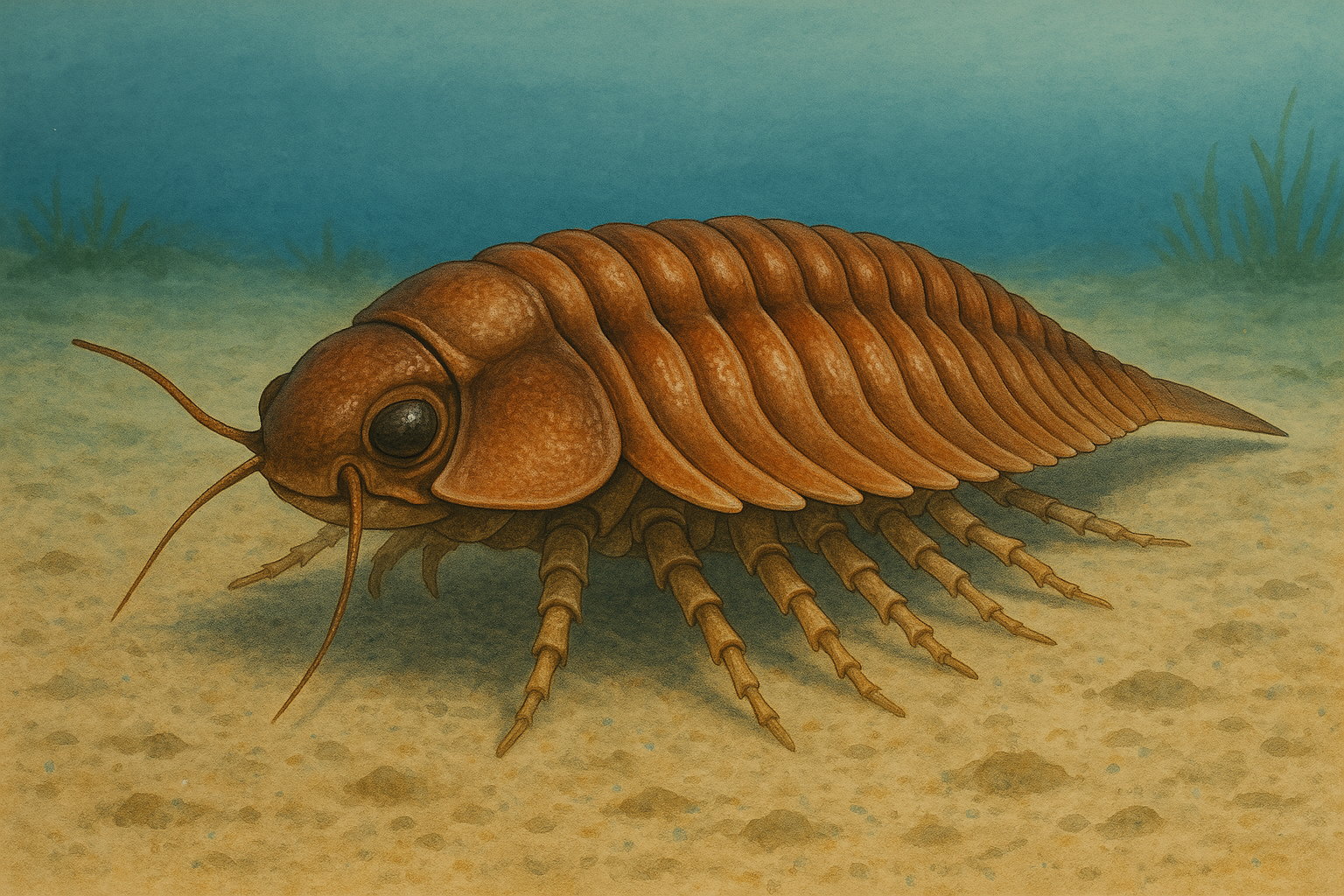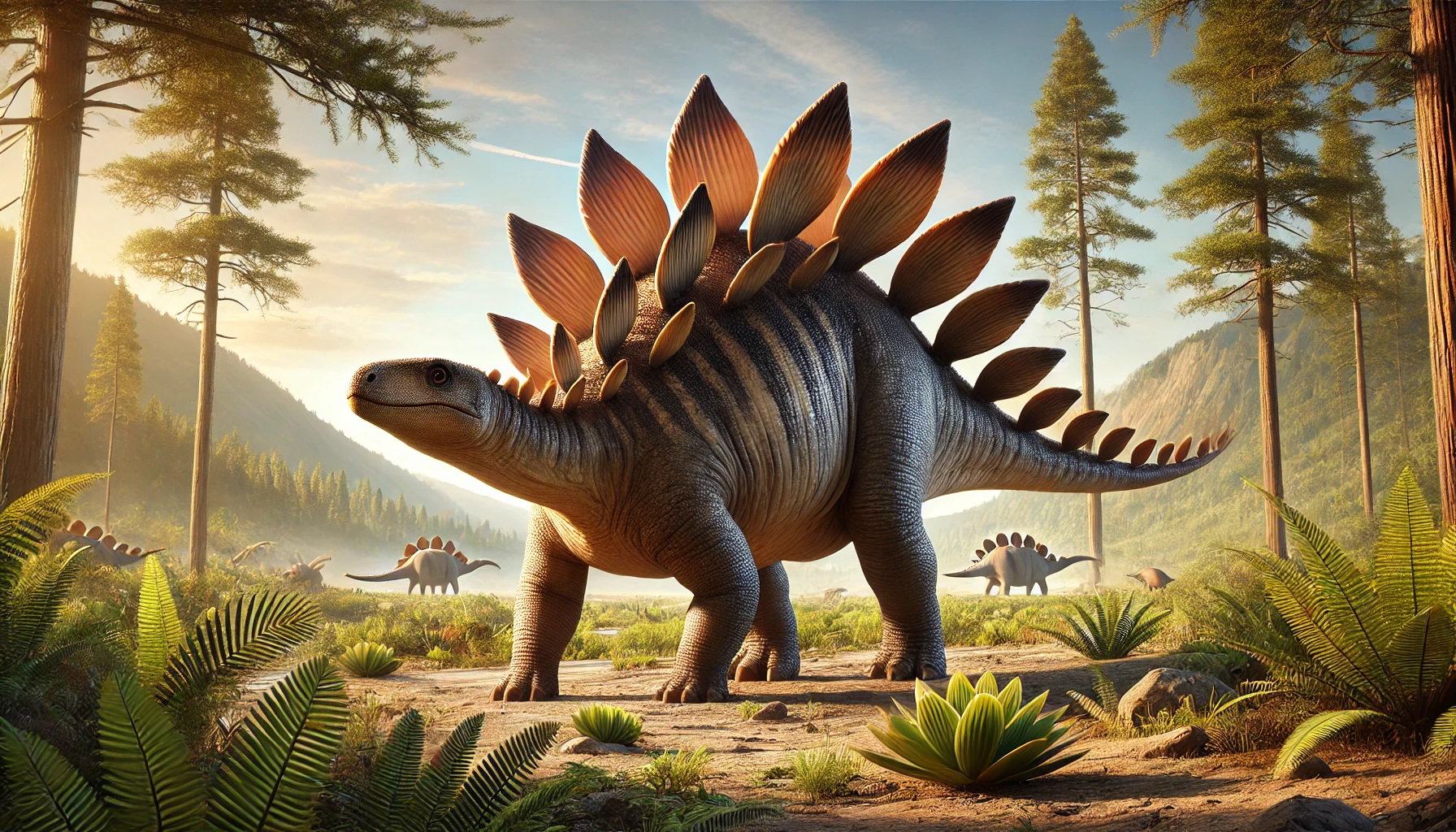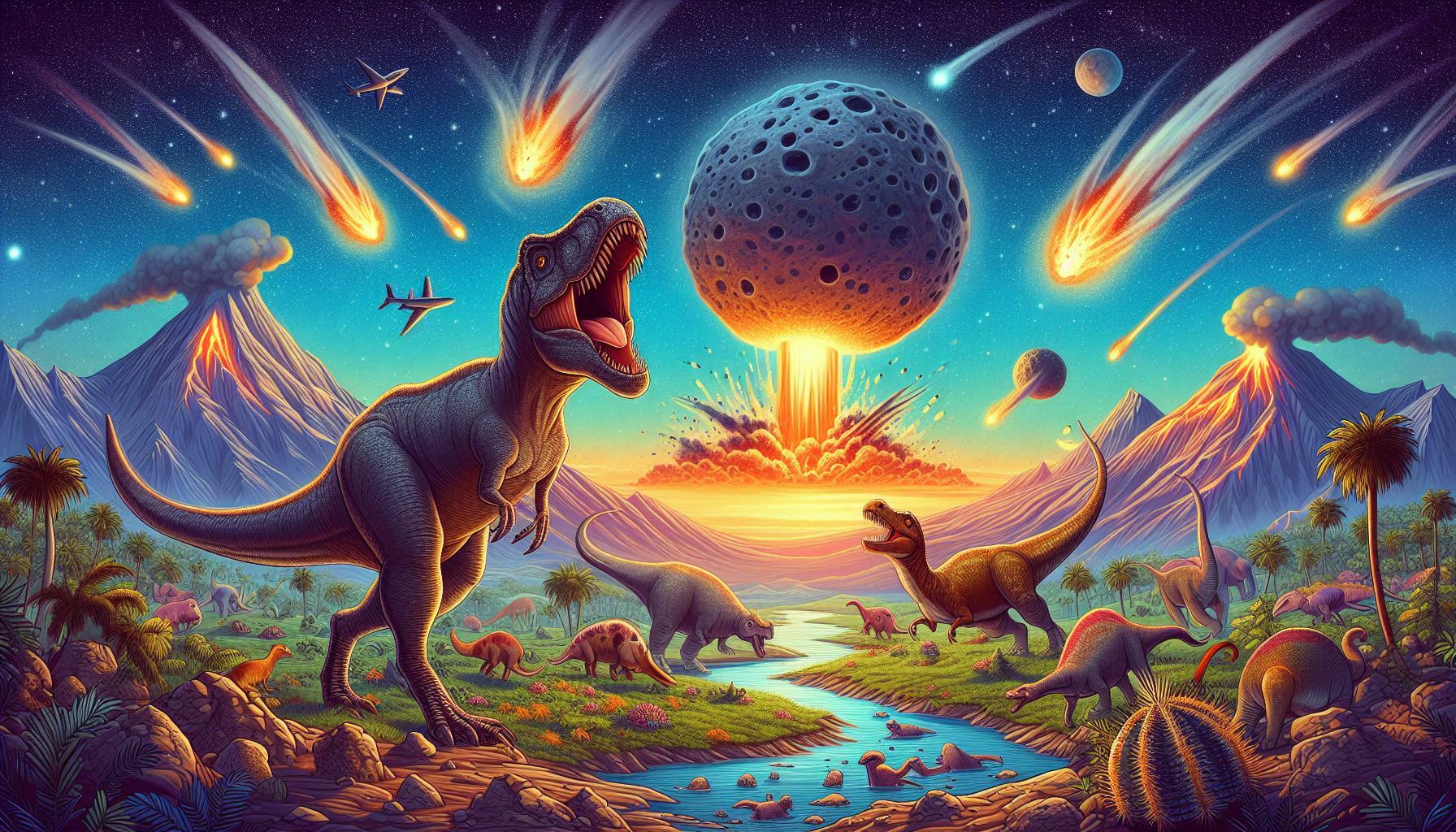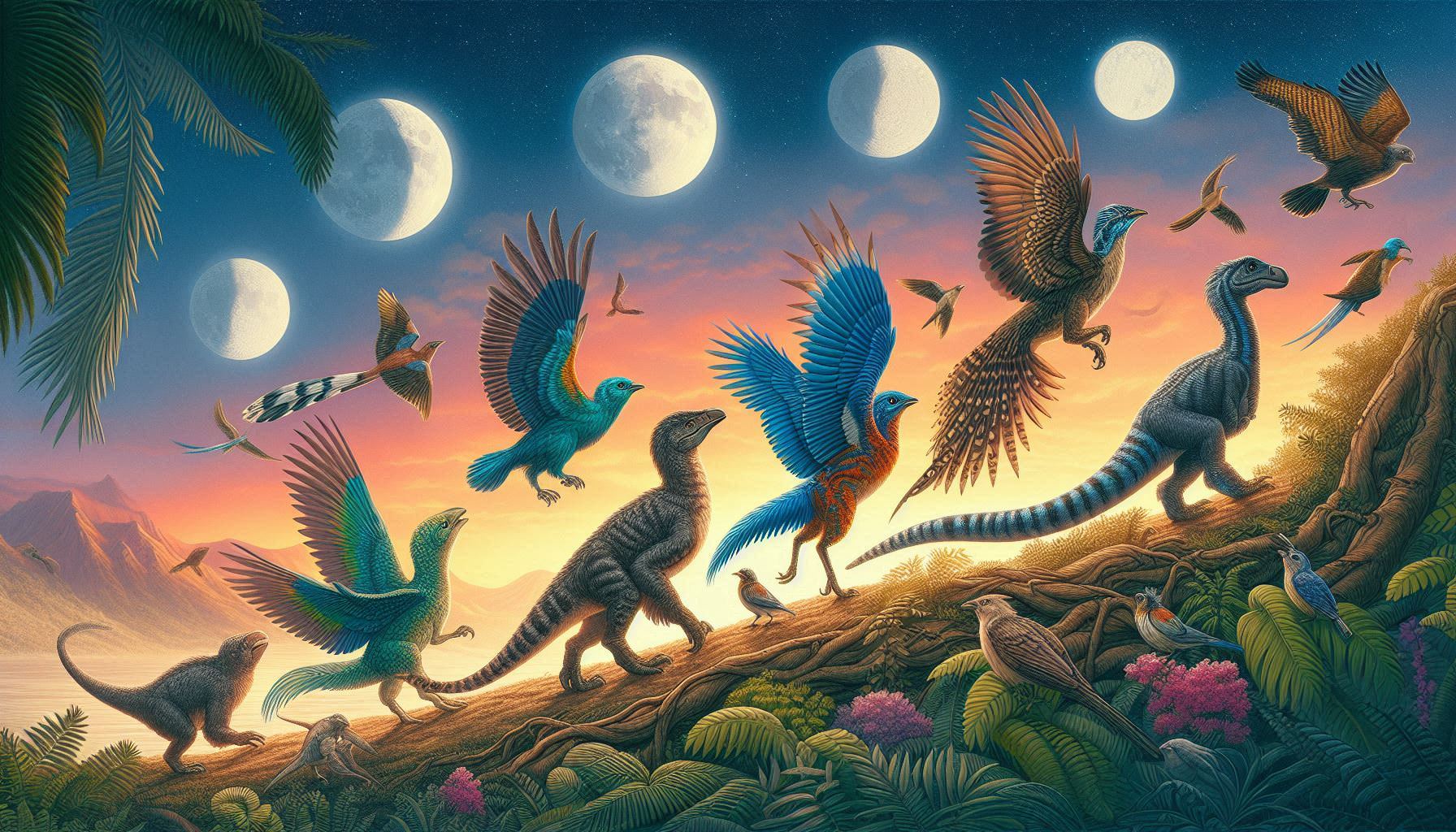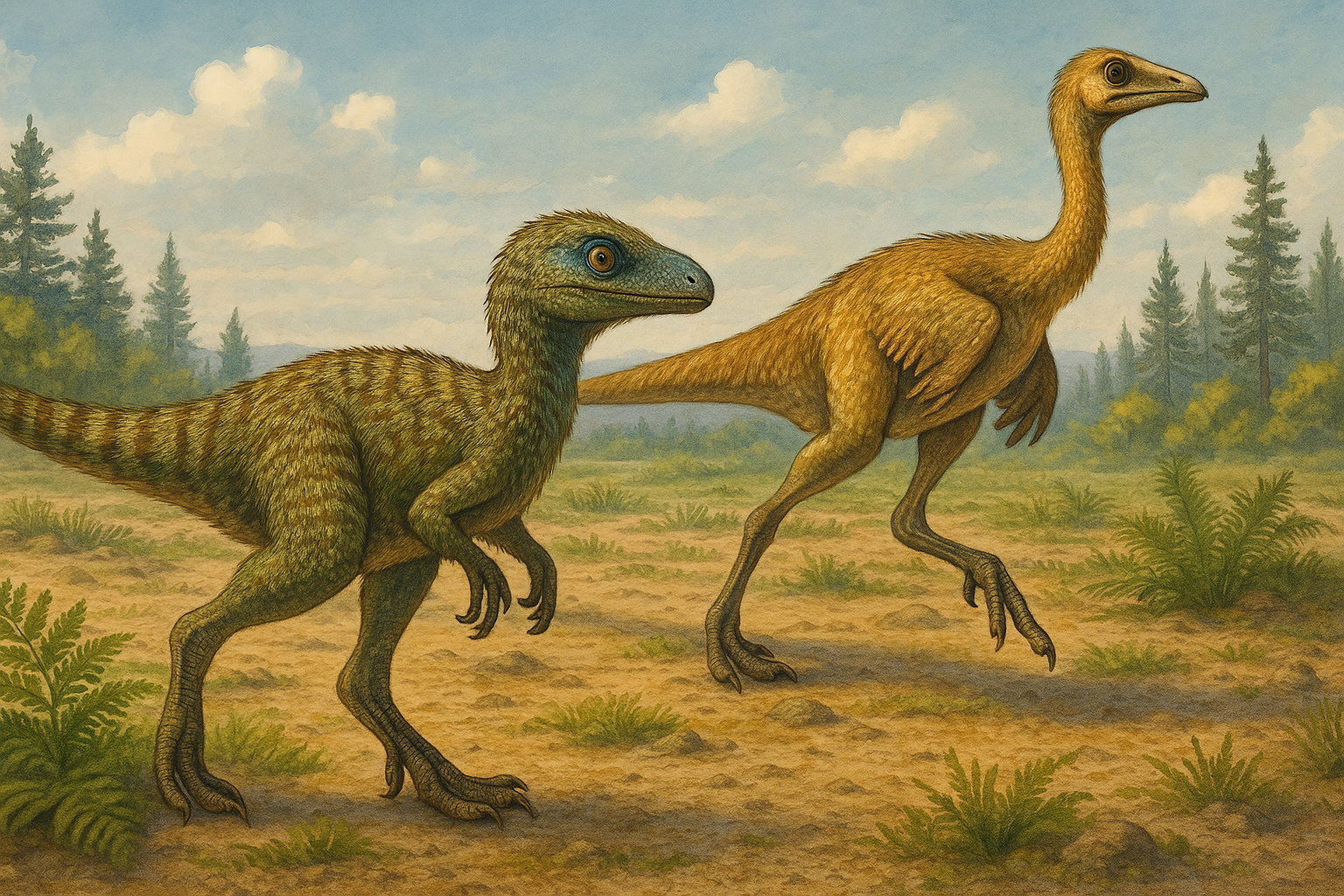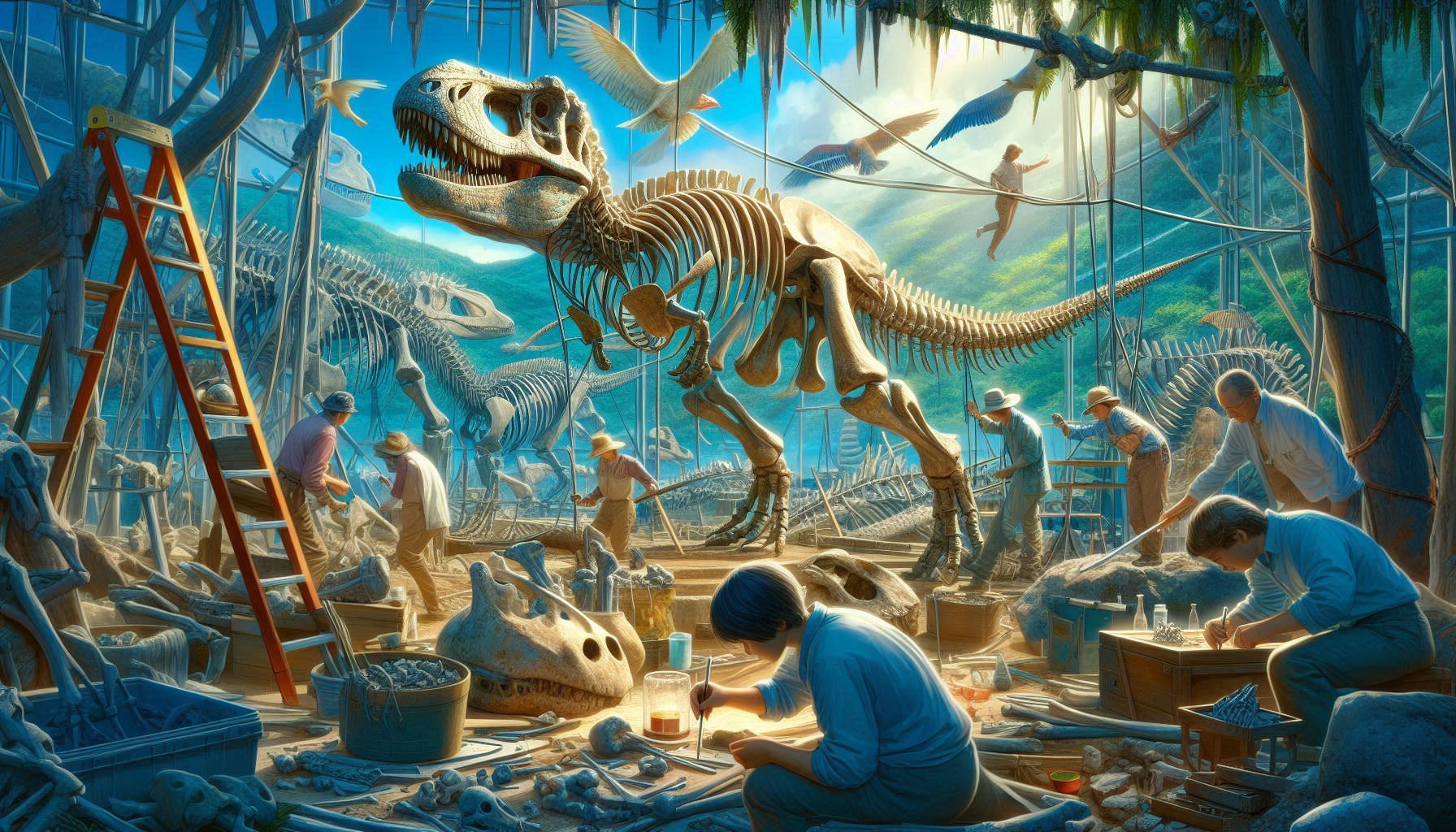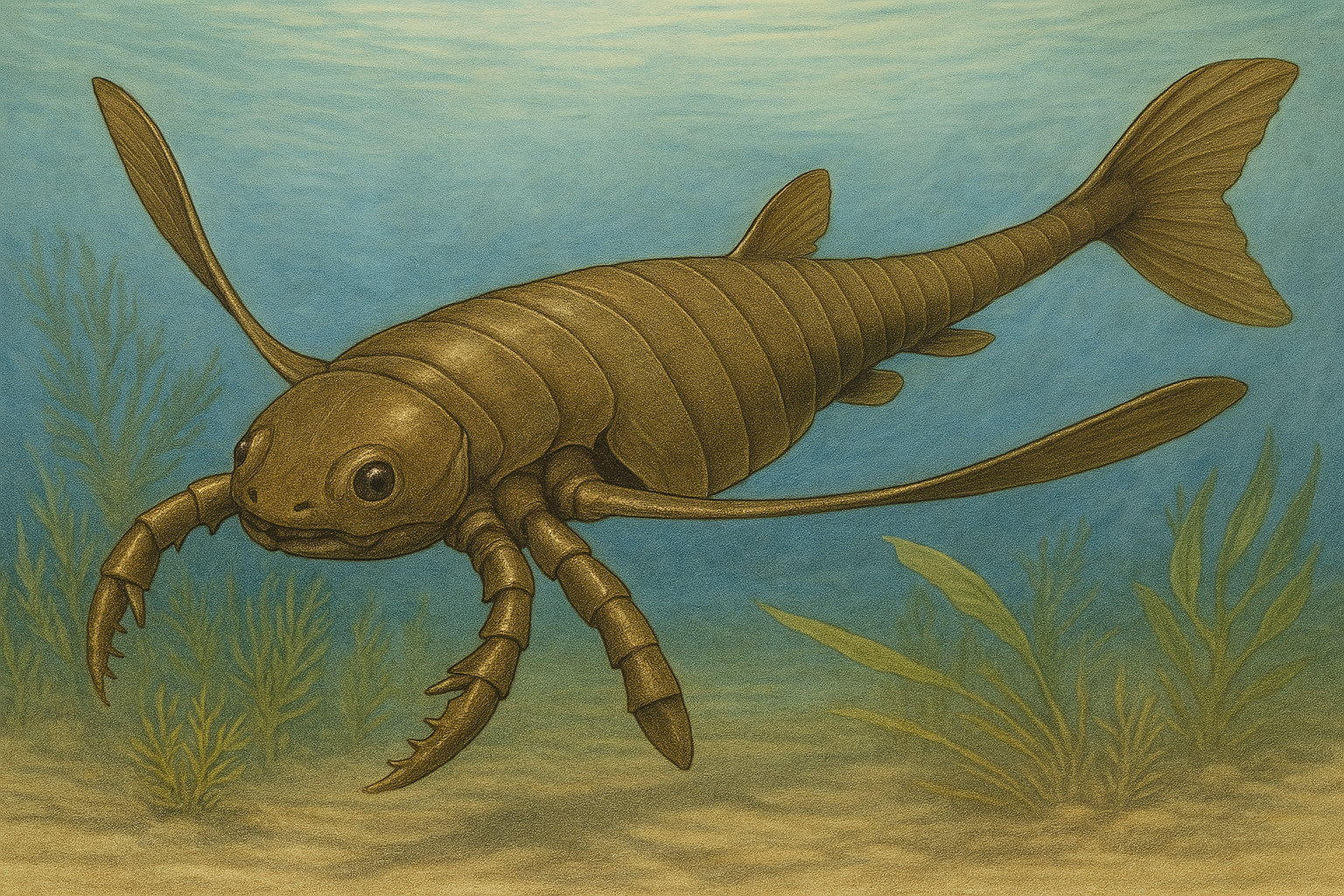Before dinosaurs, before trees, even before vertebrates crawled onto land — there were trilobites. These armored, multi-limbed creatures ruled Earth’s oceans for over 270 million years, leaving behind one of the richest fossil legacies in the history of life.
Though long extinct, trilobites continue to fascinate paleontologists and fossil collectors alike. Their diversity, adaptability, and survival story offer a rare window into the evolutionary experiments of early marine ecosystems.
- What Is a Trilobite?
- When Did Trilobites Live?
- What Did Trilobites Look Like?
- How Many Species of Trilobites Were There?
- Trilobite Fossils: Nature’s Time Capsules
- Why Did Trilobites Go Extinct?
- What Makes Trilobites Scientifically Important?
- FAQ
- What is a trilobite?
- When did trilobites live?
- Are trilobites related to modern animals?
- How big were trilobites?
- Why are trilobites important to science?
What Is a Trilobite?
Trilobites were marine arthropods — distant relatives of modern insects, spiders, and crabs. Their name means “three lobes,” referring to the distinctive body plan split lengthwise into left, right, and central lobes. They also had three body sections: the cephalon (head), thorax (body), and pygidium (tail).
Fossils of trilobites have been discovered on every continent, from mountaintops to deserts — a testament to how widespread and successful they were.
When Did Trilobites Live?
Trilobites first appeared during the Early Cambrian period, around 521 million years ago. They thrived in Earth’s oceans through multiple extinction events, finally disappearing at the end of the Permian period about 252 million years ago.
That means trilobites lived for almost 300 million years — longer than dinosaurs and even mammals have existed so far.
What Did Trilobites Look Like?
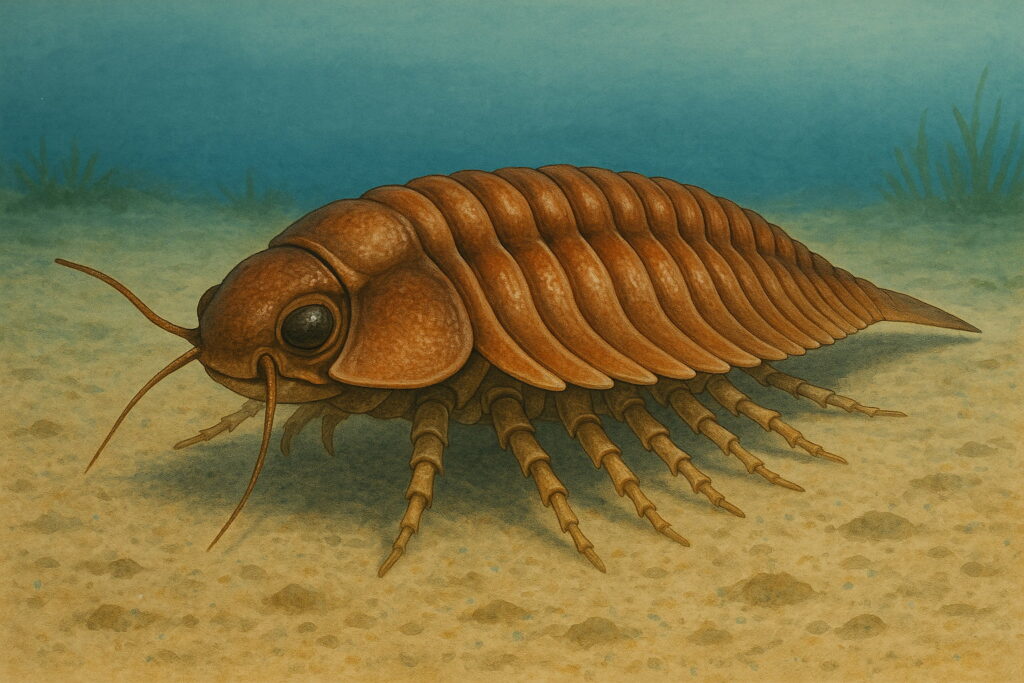
Despite their wide variety, all trilobites shared a few key traits:
- Segmented bodies divided into head, thorax, and tail
- A hard exoskeleton that molted as they grew
- Large compound eyes (some of the earliest known in the animal kingdom)
- Multiple jointed legs underneath, likely used for crawling and swimming
Sizes ranged from just a few millimeters to over 70 centimeters (28 inches) for some species like Isotelus rex.
How Many Species of Trilobites Were There?
Over 20,000 species of trilobites have been described so far — and new ones are discovered almost every year. Their adaptability allowed them to occupy many ecological niches: some were scavengers, some predators, others filter-feeders.
This biodiversity makes them one of the most successful and well-documented groups in the fossil record.
Trilobite Fossils: Nature’s Time Capsules
Trilobite fossils are among the most studied and collected in paleontology. Their durable exoskeletons preserved well in marine sediments, often capturing intricate details like eye structures and limb imprints.
Some of the best-preserved trilobites have been found in Morocco, Utah (USA), Newfoundland (Canada), and the Czech Republic. Entire museum collections are dedicated to showcasing their evolution and variation.
Why Did Trilobites Go Extinct?
Trilobites survived several mass extinction events, but they couldn’t survive the “Great Dying” — the Permian-Triassic extinction event around 252 million years ago. This event wiped out over 90% of marine species, including all remaining trilobites.
Changes in ocean chemistry, temperature, and oxygen levels may have made survival impossible for them, especially as more modern predators and competitors evolved.
What Makes Trilobites Scientifically Important?
Trilobites provide a detailed record of early animal evolution and behavior. Scientists study trilobite fossils to understand:
- How eyes and vision evolved in early animals
- The structure of ancient ecosystems
- Plate tectonics (through the distribution of fossil species)
- The effects of environmental stress on extinction and survival
Some trilobite fossils even show evidence of molting, injuries, or predation — rare insights into behavior and life history from deep time.
FAQ
What is a trilobite?
A trilobite is an extinct marine arthropod that lived in Earth’s oceans for hundreds of millions of years. It had a segmented body, hard exoskeleton, and compound eyes.
When did trilobites live?
Trilobites lived from about 521 to 252 million years ago, thriving from the Cambrian through the Permian periods.
Are trilobites related to modern animals?
Yes. Trilobites are arthropods, making them distant relatives of crabs, insects, and spiders.
How big were trilobites?
Most trilobites were small (2–5 cm), but some species grew over 70 cm (28 inches) long.
Why are trilobites important to science?
Trilobites offer valuable clues about early animal evolution, extinction patterns, and the development of complex body plans and vision.
fossil arthropods, prehistoric sea life, Cambrian animals, extinct marine species, trilobite facts for kids, trilobite fossils, ancient exoskeletons, trilobite size, trilobite vision, evolution of marine arthropods, Paleozoic ocean life

